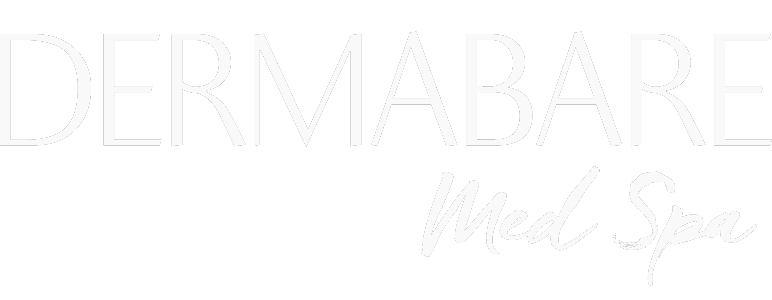Platelet-Rich Plasma (PRP)
PRP therapy is used to complement a number of skin treatments, including microneedling and dermal fillers. PRP is a form of regenerative medicine, which aims to boost your body’s natural healing ability. When used with fillers or other procedures, PRP therapy can enhance the effects and promote healing long after the collagen has been absorbed. This creates better, longer-lasting results, so you can get the most out of your treatment.
PRP can also be used for promoting hair growth and the prevention of hair loss.
PRP (Platelet Rich Plasma) Q & A
What is PRP (Platelet-Rich Plasma)?
PRP therapy is an innovative treatment designed to accelerate healing and restoration. PRP is a safe and effective three-part process that uses the patient’s own blood and therefore can be administered alone or in conjunction with other procedures. A blood sample is spun in a centrifuge, concentrating the platelets within the blood’s plasma. Platelets may be best known for their clotting capability, however, they also contain growth factors that trigger cell reproduction, stimulate tissue regeneration, and promote healing in the treated area.
How does PRP compliment Morpheus 8?
Platelet-rich plasma (PRP) therapy has emerged as a highly effective addition to Morpheus 8 treatment, enhancing the overall results and satisfaction of patients. This innovative combination harnesses the regenerative power of PRP and the transformative benefits of Morpheus 8 to deliver exceptional outcomes in skin rejuvenation and anti-aging.
When combined with Morpheus 8 treatment, PRP enhances the healing process, stimulates collagen synthesis, and accelerates tissue repair. This synergistic approach promotes more profound and longer-lasting rejuvenation effects, ultimately leading to a more youthful and vibrant appearance.
Does PRP work with fillers?
Filler provides your skin with a restored fullness in areas that have lost volume over time. The addition of PRP helps sustain those results by jumpstarting your body’s own natural regenerative processes. PRP also treats skin issues that filler alone cannot, such as fine lines, acne and uneven skin texture.
PRP can be used for volumizing faces that are beginning to look drawn, to plump out cheek indentations, soften under eye hollows, improve the skin tone, tightness, and texture, and fill in areas where hyaluronic acid fillers cannot offer full correction.
PRP’s rejuvenative effects are lasting. Botox and other filler treatments break down with time, but the Platelet Rich Plasma lasts and looks better as long as 18 months to two years.
How fast does PRP work?
PRP offers no instant pain relief, but regenerates healthy tissue, which takes a number of weeks. This process also helps promote faster healing for microneedling procedures. Most patients are able to return to work the day following the procedure.
How does PRP help hair growth?
PRP uses the patient’s own blood, processed into a plasma rich serum with concentrated growth factor that is then injected into the scalp. Research shows injecting the patient’s own PRP, improves blood supply to hair follicles and stimulates collagen production, while also increasing the thickness of hair shafts. PRP has proven to be effective in treating male pattern baldness, both in preventing hair loss and promoting new hair growth and aids in the stimulation of hair growth post transplants
Who is a good candidate for PRP hair growth therapy?
PRP Therapy is safe and effective for most individuals, since it is derived from the patient’s own tissue. Ideal candidates are at the beginning stages of thinning hair and have follicles that are still active. Those with advanced hair loss or inactive follicles should not be discouraged, PRP will still be effective. Results may be slower and require more treatments. Results will generally be optimal for those with overall weak follicles or those who have small areas of hair loss. Being in general good health and having realistic expectations are also important for the overall results and experience.
- If you are taking blood thinners, your platelets may not work as effectively, and the treatment may not be as effective.
- If you have thyroid disease or lupus, you will not have good results from PRP therapy, because your hair loss will continue to occur over time.

